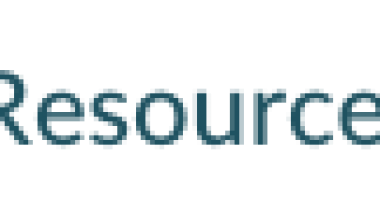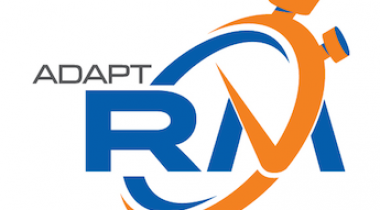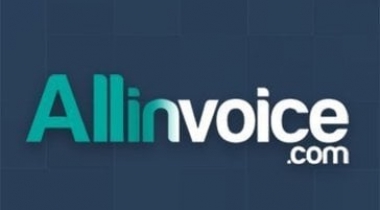Salesforce Billing automates invoicing and allows businesses to accept and allocate payments, all on the Salesforce Platform. Build recurring relationships by handling all revenue types, complex transactions like amendments, or coterminous add ons, while maintaining compliance and clean customer data for downstream processes like Accounts Receivables or financial statements. Paired with Salesforce CPQ, Salesforce Billing is part of Salesforce’s Quote-to-Cash solution to help businesses automate transactions, including subscriptions and usage-based pricing, as well as, unify sales & finance, resulting in better visibility across the entire customer lifecycle.
With Salesforce Billing, businesses can:
-Support Complex Deals with Multiple Revenue Types: Create invoices that contain multiple revenue models, such as one-time, recurring, usage-based, or milestone dependent.
-Rate and Bill Customers Based on Usage: Determine and process the correct price per unit based on contracted tiers and historical usage.
-Reduce SKU Proliferation: Simplify your product catalog and SKU requirements with pricing, revenue recognition, and tax rules that allow for simplicity and flexibility at the product level.
-Process Contract Amendments and Add-Ons: As customer needs change, process prorations and coterminous add-ons to ensure contract changes are accurately reflected in invoices, payments, and revenue recognition schedules.
-Improve Invoice Accuracy: Utilize data created during quoting processes, such as billing frequency or charge type, to create invoice records on demand or automatically.
-Consolidate or Split Invoices: Generate multiple invoices per order or consolidate invoices across multiple orders to ensure that the customer is efficiently billed for what they contracted.
-Accept & Allocate Payments: Accept lockbox, credit card, bank transfer, or wired payments at the invoice or account level, then allocate payment to a single invoice, multiple invoices, or individual invoice line items.
-Apply Credits & Debits: Generate credit or debit records based on the needs of the customer and apply them to the appropriate invoice line.
-Streamline Revenue Recognition: Create clean revenue schedules that provide clean customer, product, and line-level detail required for revenue recognition standards, such as ASC606.
-Complement Your Existing ERP Platform: Salesforce Billing pushes clean customer data into your ERP, or multiple financial management systems, for key functions like revenue recognition, accounts receivable, and financial reporting
-Analyze Your Customer Base: Since Salesforce Billing is on the Salesforce Platform, analyze metrics at the aggregate or customer level to gain insights into customer lifetime value, total customer spend, average revenue per customer, and churn.

















